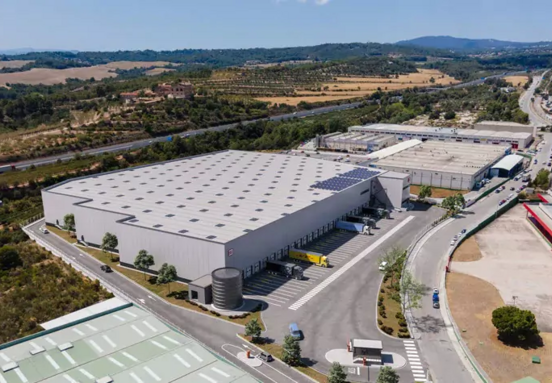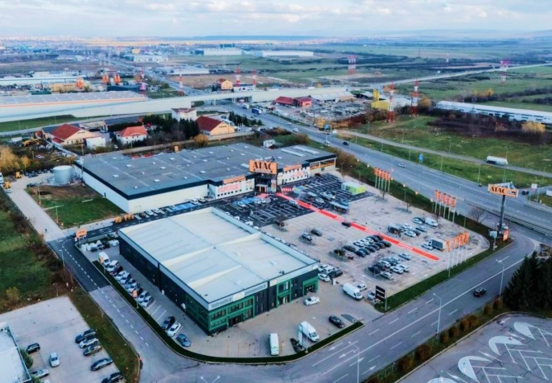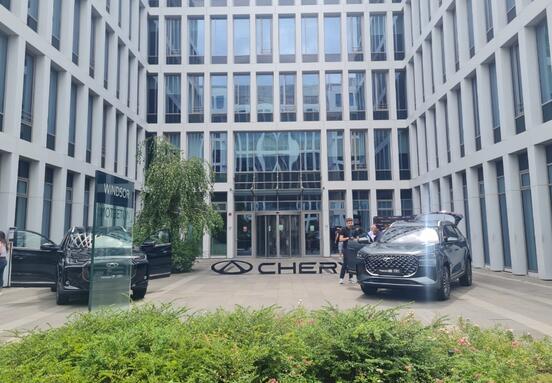Overdue debt collection is one of the main reasons listed by the study as creating problems for companies, as it leads to liquidity problems and delays in payments.
While this was a general issue observed in insolvent companies, 89 percent of the companies that have obtained the Excellent SME Certificate registered a positive working capital and only 10 percent a modest liquidity situation, the rest having an excellent liquidity situation. The receivables are collected in 67 days, while suppliers are paid on average 85 days.
Faulty management of the cash flow could be seen in half of the insolvent companies. While 42 percent of the insolvent companies registered a net positive revenue quality, 29 percent of them (over two-thirds) have registered a sub-unitary CCR indicator (Cash Coverage Ratio), which shows a problem regarding the liquidity situation. This means that the positive accounting result (companies’ profits) have not resulted in a favorable liquidity situation for two-thirds of the companies, the main cause being the poor management of the cash flow. Instead, 97 percent of the companies who have been awarded Excellent SME registered a positive net result over 2014.
High loan rates presented an issue for Romanian companies during the first nine months. Though about 45 percent of the insolvent companies registered a positive operating result, but their absolute level wasn’t big enough to provide a comfortable degree in order to cover the high rates of loans. Instead, almost 97 percent of the Excellent SME registered a positive operating result, and it covers more than 10 times the level of interest expenses.
Incorrectly estimated investments in capacity expansions can lead to a potentially unused production capacities, impacting the company’s activity. In turn, 69 percent of Excellent SME companies achieved positive net investments and all reported growing revenues.
Regardless the investments, the insolvent companies registered a lower return on assets than the cost of contracted borrowing to finance assets. The return on registered assets was negative, given that the cost has escalated amid the trend of indebtedness of companies. The Excellent SME companies had an average return on assets about 11 percent, a higher interest cost related to the capitals attracted to fund these investments.
Coface based their study on the financial statements over six years of the companies that entered insolvency in 2015, comparing them to financial results of companies that received an Excellent SME Certificate. In Romania 7,389 companies became insolvent in the first nine months, of which 4,249 submitted their financial statements before opening their insolvency proceedings.
The Coface Group, a credit insurance company employing 4,406 staff, posted a consolidated turnover of EUR 1.44 billion. Present directly or indirectly in 99 countries, it secures transactions of 40,000 companies in more than 200 countries. Each quarter, Coface publishes its assessments of country risk for 160 countries, based on its unique knowledge of companies’ payment behaviour and on the expertise of its 350 underwriters located close to clients and their debtors. In France, Coface manages export public guarantees on behalf of the French State. (source: business-review.eu)






